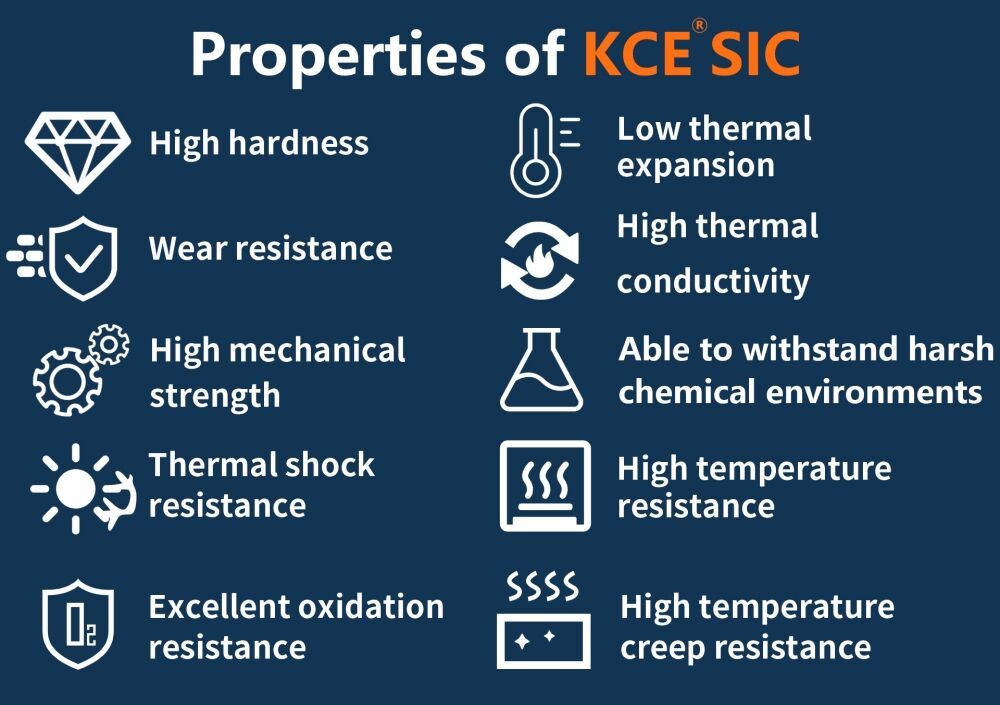What is RBSiC/SiSiC? What are its advantages and what are its applications?
Reaction-bonded silicon carbide ceramics(RBSiC), essentially the same material as silicon-Infiltrated Silicon Carbide (SiSiC), are advanced structural ceramic materials produced through a unique chemical reaction sintering process.
The reaction sintering process involves exposing a green body composed primarily of α-silicon carbide powder and a carbon source (such as carbon black) to molten silicon at high temperatures. The molten silicon penetrates the pores of the green body through capillary action and reacts with the free carbon in the body to form new β-silicon carbide. The newly formed β-SiC firmly binds the existing α-SiC particles together and fills the pores, ultimately forming a dense or nearly dense ceramic body. The unreacted silicon remains in the material, filling any remaining microscopic pores and achieving densification during sintering.
It has excellent properties such as high strength, high hardness, high temperature resistance, wear resistance, corrosion resistance, oxidation resistance, thermal shock resistance, good thermal conductivity, resistance to rapid cooling and heating, and resistance to high temperature creep. It is widely used in electronic semiconductors, liquid crystal glass, new energy vehicles, photovoltaic solar energy, heat treatment, heat exchange, kilns, desulfurization and almost all other industrial fields that require high temperature resistance, thermal shock resistance, wear resistance and corrosion resistance.






